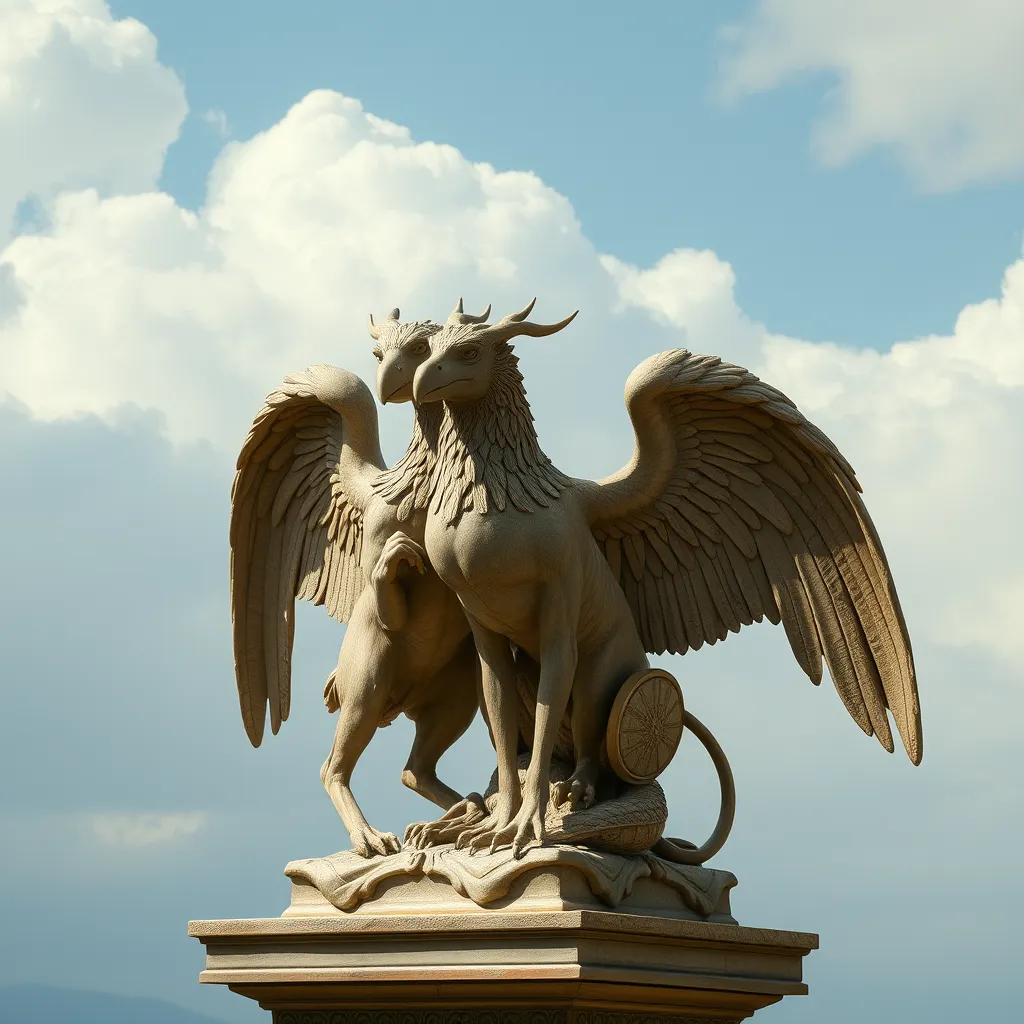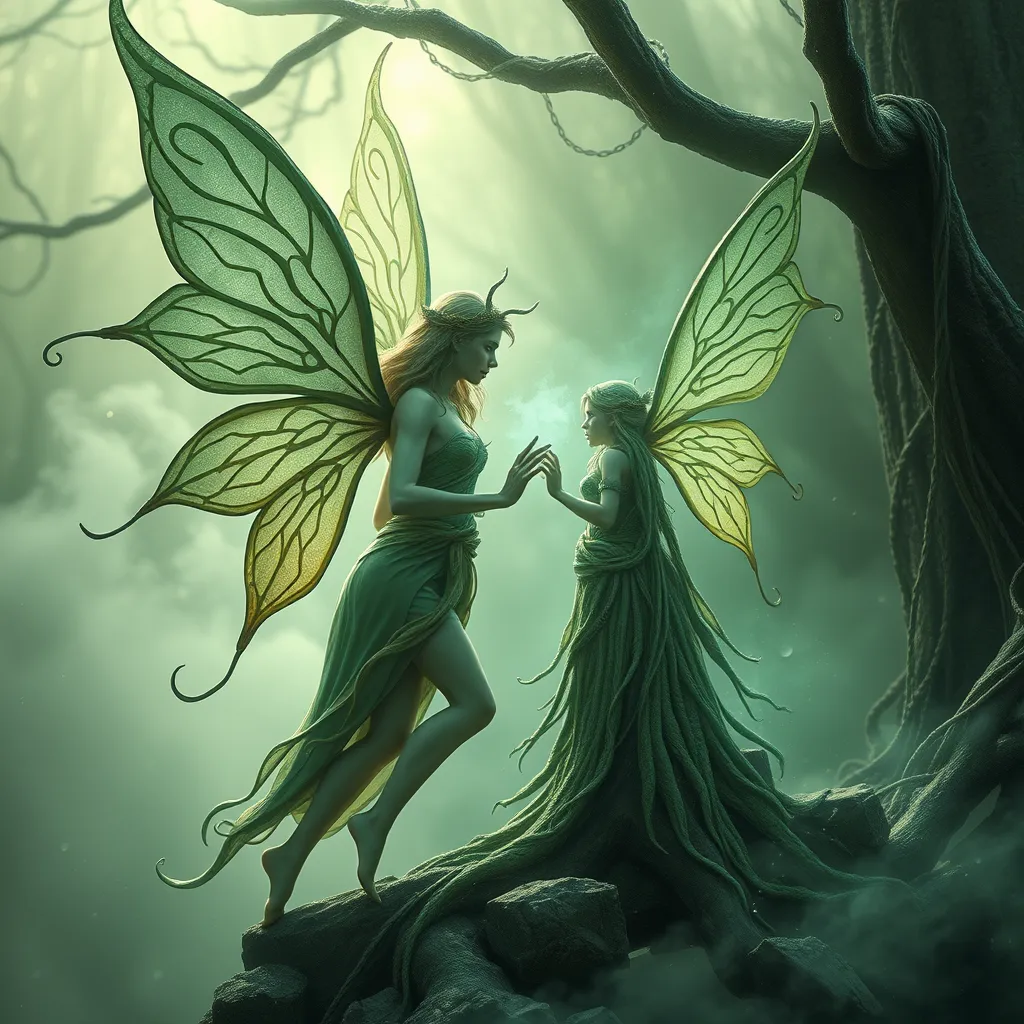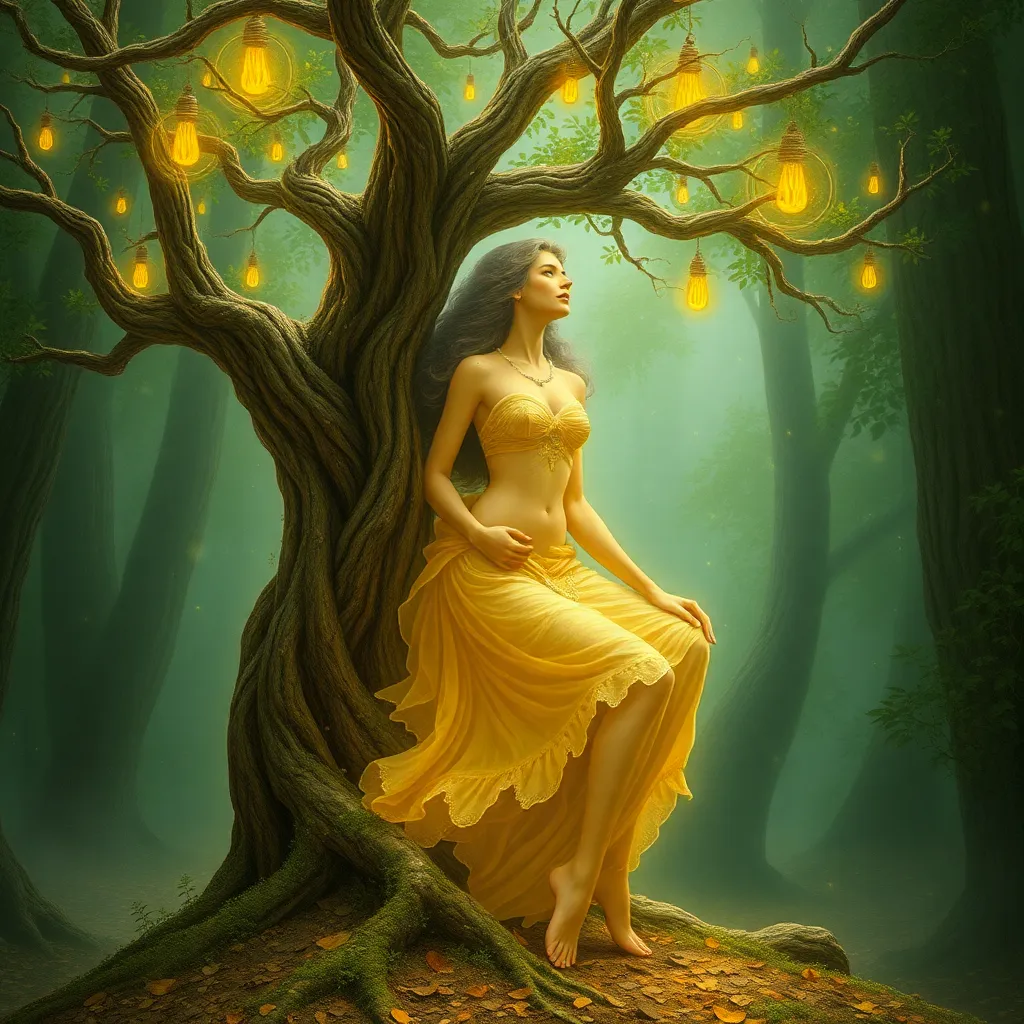The Harpies in Greek Art: Analyzing their Depiction in Sculpture and Vase Paintings
I. Introduction
The Harpies are mythical creatures in Greek mythology, often depicted as winged spirits associated with storms and winds. Their significance extends beyond mere myth; they are symbols of the chaotic forces of nature and the darker aspects of femininity. This article aims to explore the artistic representations of Harpies in ancient Greek sculpture and vase paintings, highlighting their evolution, iconography, and the cultural contexts that influenced their depictions.
II. Historical Context of the Harpies
A. Origins and evolution of Harpy myths in ancient Greece
The origins of the Harpies can be traced back to early Greek literature, where they are often portrayed as female spirits who snatch away people and things. Over time, their image evolved, and they became associated with various functions, including messengers of the gods and agents of punishment. The classical portrayal of Harpies typically depicts them as having the bodies of birds and the faces of women, creating a striking image that embodies both beauty and terror.
B. Cultural and literary influences on their depiction in art
The depiction of Harpies in art was influenced by various literary sources, including Homer’s “Iliad” and “Odyssey,” as well as later works by playwrights such as Aeschylus and Euripides. These texts shaped the public’s perception of Harpies, contributing to their complex representation in artistic forms. The interplay between literature and visual art allowed artists to explore themes of chaos, revenge, and the supernatural.
III. Iconography of the Harpies
A. Common attributes and symbols associated with Harpies
In Greek art, Harpies are often depicted with distinct features that symbolize their nature:
- Wings: Representing their ability to soar through the skies.
- Claw-like feet: Highlighting their predatory nature, capable of snatching their victims.
- Women’s faces: Emphasizing the duality of beauty and danger.
B. Variations in depiction across different periods of Greek art
Throughout different periods of Greek art, the depiction of Harpies varied significantly:
- Geometric Period: Early representations were abstract, focusing on patterns rather than detailed figures.
- Archaic Period: Harpies began to take on more defined forms, with stylized features and more intricate designs.
- Classical Period: Artists depicted Harpies with greater realism, capturing their duality with more nuanced expressions and poses.
IV. The Harpies in Sculpture
A. Examination of notable sculptural representations
1. Marble reliefs and statues
One of the most notable examples of Harpy sculpture can be found in marble reliefs, such as those from the Temple of Apollo at Delphi. These sculptures often depict Harpies in dynamic poses, suggesting movement and energy. The attention to detail in their wings and facial expressions adds to the sense of their chaotic nature.
2. Architectural sculptures and their functions
Harpies were also used in architectural sculptures, serving as decorative elements on temples and public buildings. Their presence often conveyed themes of protection or warning, embodying the tumultuous forces of the environment. For instance, the Harpy statues on the Temple of Athena Nike in Athens served both an aesthetic and a symbolic function.
B. Artistic techniques and styles used in sculpting Harpies
Artists employed various techniques to enhance the visual impact of Harpy sculptures:
- Contrapposto: This technique was used to create a sense of movement and naturalism in sculptures.
- High relief: Many Harpy sculptures were carved in high relief, allowing for dramatic shadows and depth.
- Attention to detail: Artists focused on the textures of feathers and the expressions on the faces of Harpies, bringing them to life.
V. The Harpies in Vase Paintings
A. Analysis of key vase paintings featuring Harpies
1. Styles and techniques unique to vase painting
Vase paintings provide a rich source of information about the depiction of Harpies in Greek art. The black-figure and red-figure techniques allowed artists to experiment with form and style. In black-figure vases, figures are painted in black slip against the natural clay background, while in red-figure vases, the background is painted black, leaving the figures in red.
2. Narrative contexts and scenes depicted
Harpies often appear in scenes that convey their role as agents of chaos or punishment. For example, in a famous red-figure vase, a Harpy is depicted snatching a figure from the ground, illustrating the fear and power associated with these creatures. Such scenes often reflect the themes of fate and retribution.
B. Comparison between different vase styles (e.g., black-figure vs. red-figure)
Comparison of vase styles reveals different artistic approaches to depicting Harpies:
- Black-figure style: Tends to show more rigid and less detailed figures, focusing on outlines and profiles.
- Red-figure style: Allows for greater detail and expression, enabling artists to portray more dynamic poses and intricate features.
VI. Symbolic Interpretations of Harpy Representations
A. Thematic meanings behind the depictions in art
The representations of Harpies often carry deeper meanings, such as:
- Nature’s fury: Harpies symbolize the uncontrollable forces of nature.
- Feminine chaos: They represent the duality of femininity, embodying both nurturing and destructive aspects.
- Retribution: Harpies are often seen as agents of divine punishment, highlighting themes of justice.
B. The Harpies as representations of nature, chaos, and femininity
As complex figures, Harpies serve as potent symbols in Greek art, representing the chaotic and often unpredictable aspects of both nature and human emotion. Their dual nature invites a wide range of interpretations, reflecting the intricacies of Greek mythology and art.
VII. Influence on Later Art and Culture
A. The legacy of Harpy representations in Roman and Renaissance art
The influence of Harpy representations extended beyond ancient Greece, impacting Roman art and later Renaissance works. In Roman mosaics, Harpies retained their mythological significance, often depicted in scenes that emphasized their beauty and terror.
B. Modern interpretations and adaptations of the Harpy motif
In modern culture, the Harpy has been reinterpreted in various forms, from literature to film. Contemporary artists often explore themes of femininity and empowerment through the Harpy motif, showcasing its enduring appeal and versatility.
VIII. Conclusion
In conclusion, the depiction of Harpies in Greek art offers a fascinating glimpse into the interplay between mythology and artistic expression. From their origins in ancient myths to their complex representations in sculpture and vase painting, Harpies embody themes of chaos, nature, and femininity. Understanding these mythological figures within the context of art history enriches our appreciation of their significance and the cultural narratives they convey.



